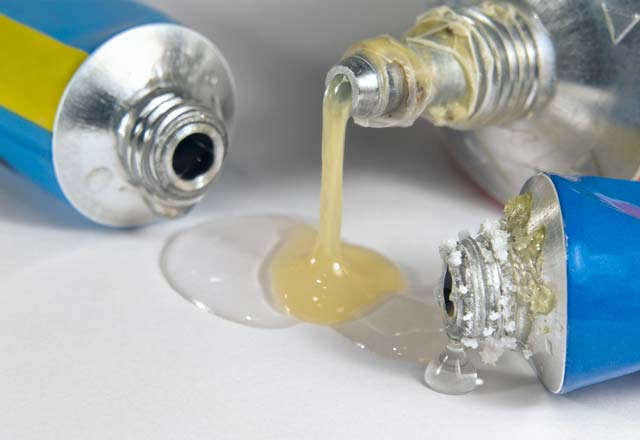Adhesives and Sealants: The Ideal Sticking Solution
Don’t you just wish there’d be something around making life easier, helping us stick it together? Well, while there’s no magic formula that can pull our lives together (we must learn how to do so the hard way!), at least there’s a solution for when we have to stick things together.
Yes, I’m talking about the many different types of adhesive and sealant. Though nothing new as a concept, since proofs of adhesive-like substances take us all the way back to the Neanderthals, then ancient Egypt, and ancient Rome, using everything, from tar to starch-based pastes. It was innovations like these that made for the evolution of adhesives and sealants to what they are today.
Taking into account the options are endless, as there is the right kind of binding substance for various tasks, from sticking different materials, made of different structures, to withstanding different degrees of heat, and water, it’s important to pay more attention to the adhesive or sealant you buy.

To be able to count on successful purchase, make sure you have your specific task in mind. When it comes to sticking flooring, doesn’t matter whether wood or laminate, including plaster, the adhesives for the job are the rubber-based ones. Likewise, sticking floor covering to floor, you can also count on synthetic latex based adhesives.
As for binding two different materials together, for instance, rigid plastic to wood, or glass, you have to look for epoxy resin adhesives. Acrylic polymer based adhesives are ideal for fixing boards, giving you a seamless result as opposed to the one when done with nails.
When dealing with DIY stone projects at home, it’s not rare for gaps to be present even after you’ve assembled them together. To avoid the unsightly gaps, you should use a polyurethane foam adhesive that perfectly covers them up as it expands.
Now, we’ve all needed a quick glue more often than not, regardless whether that includes paper crafts, or sticking metals, and glass, which is where the super-glues come in handy. Having in mind they are super, they do require a bit more caution when handled, as skin could easily stick too.
Sealants are created to be of utmost use when filling up cracks, such as cracks of doors, windows, walls, and roofs. You can find the adequate one when you take the specific material into account that needs the sealing.
A word of advice is if you do happen to make a mistake when using the adhesive or sealant, be prepared in advance by buying a suitable remover as well, so you don’t have to bother experimenting on your own how to correct it.



